Triple-Quad-Lc
The Agilent 6460 Triple Quadrupole LC/MS delivers superior sensitivity for trace level analysis with performance specifications in
Signal-to-Noise ratio (S/N) and Instrument Detection Limit (IDL). IDL is a rigorous, statistically based metric that indicates practical
sensitivity performance of your quantitative assays. The Agilent 6460 Triple Quadrupole LC/MS achieves sensitivity and resolution
specifications with autotune.
Report Abuse
Shipping Details
Based on 0 reviews
Be the first to review “Triple-Quad-Lc”
You must be logged in to post a review.
Vendor Information
- Store Name: ATLANTIC Scientific and Research Supply
- Vendor: ATLANTIC Scientific and Research Suply
- No ratings found yet!
-
Health & Medical
E-Gel electrophoresis System
The Invitrogen E-Gel Power Snap Electrophoresis Device is designed for fast and convenient E-Gel agarose gel electrophoresis, from DNA sample loading to gel view. With the dry precast E-Gel agarose gel technology, you can run DNA samples in as little as 10 minutes and observe sample separation in real time. It is the only benchtop device that seamlessly integrates DNA sample separation and gel visualization into one workflow.
SKU: n/a -
Health & Medical
UV-spectrophotometer double beam
Range 190-1100 nm, basic/quantiative wavelength scan/DNA Protein Test/Kinetic, automatic peak picking spectrum display. Large screen with graphic display. Spectrum and data can be printed out by printer and sent to computer via USB PORT. Set of 4 quartz and 4 glass cuvettes is provided. Software Included (Imported with German Lamps).
SKU: n/a -
Health & Medical
Vortex mixer
Ideal for Mixing Solutions in Test Tubes or Small Flasks with Circular, Oscillating Movement
Variable Speed Control Allows Slow Speed Shaking Action up to High Speed Vortexing
CE Certified
PL(Product Liability) Insurance
Gentle Mixing to re-suspending Pellet
Supplied with Ø 76 mm Platform and Pop-Off Cup
Realize High Power, Stable Motion with Low Noise
Tough Metal Housing Provides a Stable Platform for all types of Mixing
3-position Power Switch Operates with Continuous Action or “Touch On” Control
Aluminum Die-casting with Powder Coating
Various Shapes, Sizes and Materials of the Head allows for mixing of almost all Common Tubes or ContainersSKU: n/a -
Health & Medical
Water-Deionizer
Water Deionizer Industrial Waste Water Treatment Equipment Machine
How Water Deionizer Industrial Waste Water Treatment Equipment Works
The Reverse Osmosis process uses a semi-permeable membrane to separate and remove dissolved solids, organics, pyrogens, submicron collodial matter, viruses, and bacteria from water. The process is called “Reverse” Osmosis since it requires pressure to force pure water across a membrane, leaving the impurities behind. Reverse Osmosis is capable of removing 95 – 99% of the total dissolved solids (TDS) and 99% of all bacteria, thus providing safe, pure water.SKU: n/a -
Health & Medical
Digital hardness Tester
- Shore A, 0 and D to measure the hardness of plastics through penetration measurement
- Shore A rubber, elastomers, neoprene, silicone, vinyl, soft plastics, felt, leather and similar material
- Shore 0 foam, sponge
- Shore D plastics, formica, epoxides, plexiglass etc.
- Material thickness of the sample: min. 4 mmDelivered in a hard carrying case
- Particularly recommended for internal comparison measurement. Standard calibrations e. g. to DIN 7619-1 are often not possible because of very narrow standard tolerances
- Can be attached to the test stands TI-ACL (for Shore A and A0), TI-DL (for Shore D) to improve measuring uncertainty
- Large display with backlight
- Selectable: AUTO-OFF function or permanent operation, battery level indicator
SKU: n/a


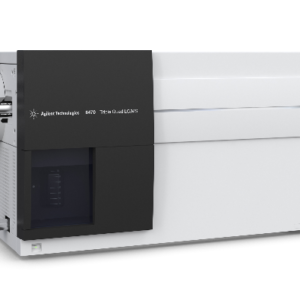
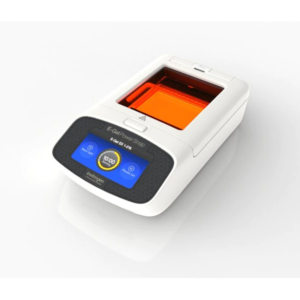
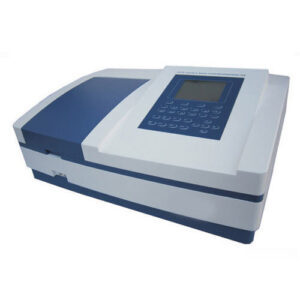
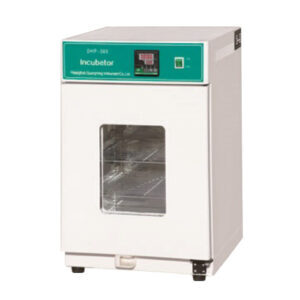
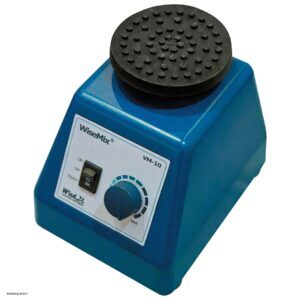
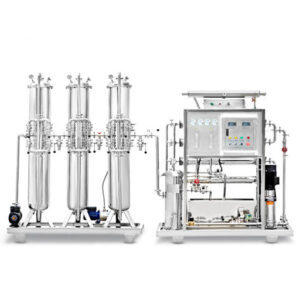
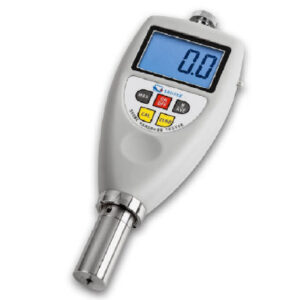
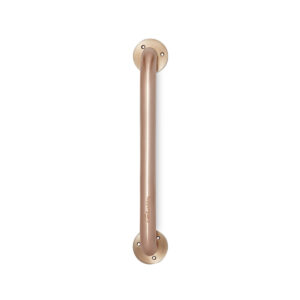
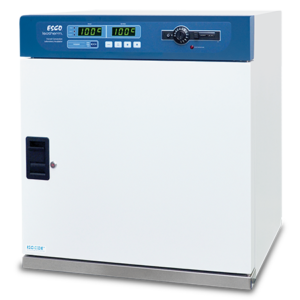
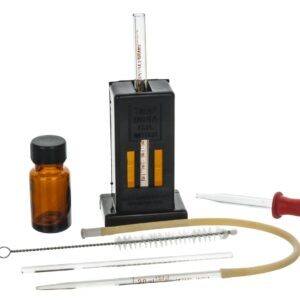
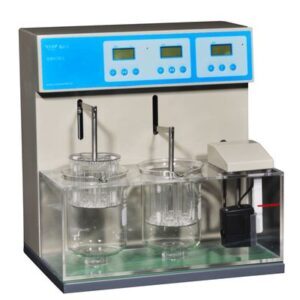
There are no reviews yet.